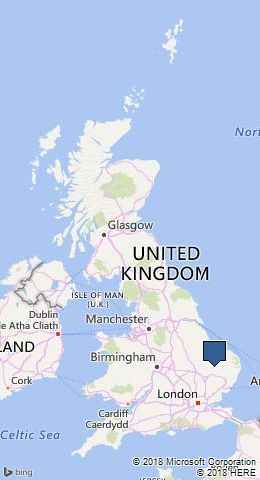
Inside Lyveden New Bield by munki-boy
Lyveden New Bield
Lyveden New Bield is near Oundle in Northamptonshire.
The ruined shell of the Elizabethan house of Thomas Tresham that was never completed after Tresham died in 1605. The building is remarkable due to its design which features a curious cross shaped layout and many carved stone symbols around the walls.
Lyveden New Bield was designed by Tresham based around symbolism inspired from the Christian religion and it was his belief that this would promote mindfulness and awareness of the tenets of that religion.
There are a lot of graffiti scratched into the stonework of Lyveden New Build, some of which, if authentic seems to be very old indeed. There are also outlines of birds in places.
Interestingly, high up on the interior walls there appear to be some joist holes for floors which appear to be positioned half way up the height of an adjacent door hole. This seems odd.
There is a large area next to Lyveden New Bield which is said to have been a fine moated garden with “snail mounds” which are small artificial hills with winding spiral paths reminiscent of snail shells that allowed visitors to view the gardens from a height. The garden is planned to be restored and pollen/seed samples are being collected from the ground to find out exactly where and what plants were positioned in the original garden design.
Lyveden New Bield is managed today by the National Trust.
Created: 27 November 2016 Edited: 29 November 2023
Lyveden New Bield
Lyveden New Bield LiDAR Map
please wait...
Contains public sector information licensed under the Open Government Licence v3.0
Local History around Lyveden New Bield
There are some historic monuments around including:
Roundhouse or lock-upLittle Weldon Roman villaA late Anglo-Saxon or early medieval fortified manorial complex to the west of Wadenhoe village, including part of an associated deer park.Lyveden New Building and gardenMarket cross 8m west of the Market HouseSlipton Lodge moated site.Titchmarsh Castle moated site and fishpondsRoman timber bridge over Harper BrookCastle earthworks and barn at Thorpe WatervilleUpper Lyveden moated siteBenefield Castle.





